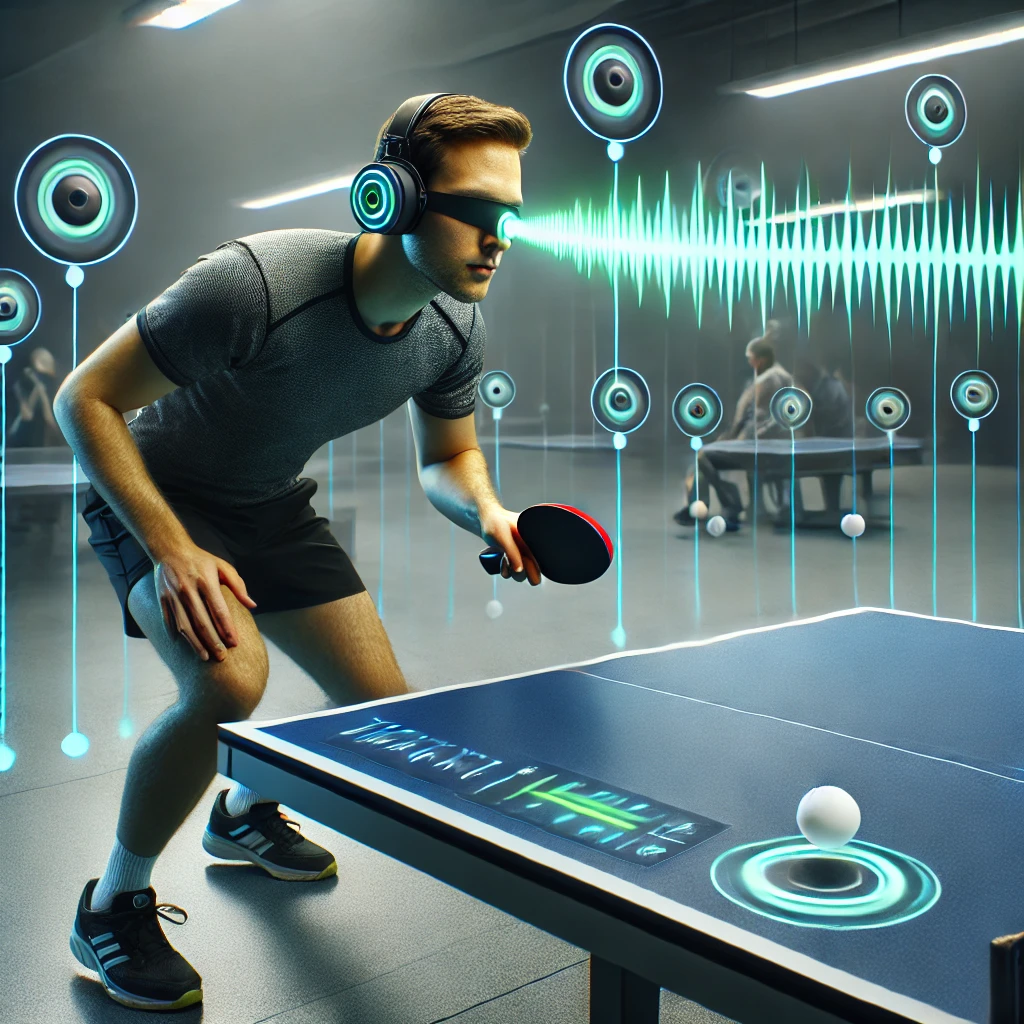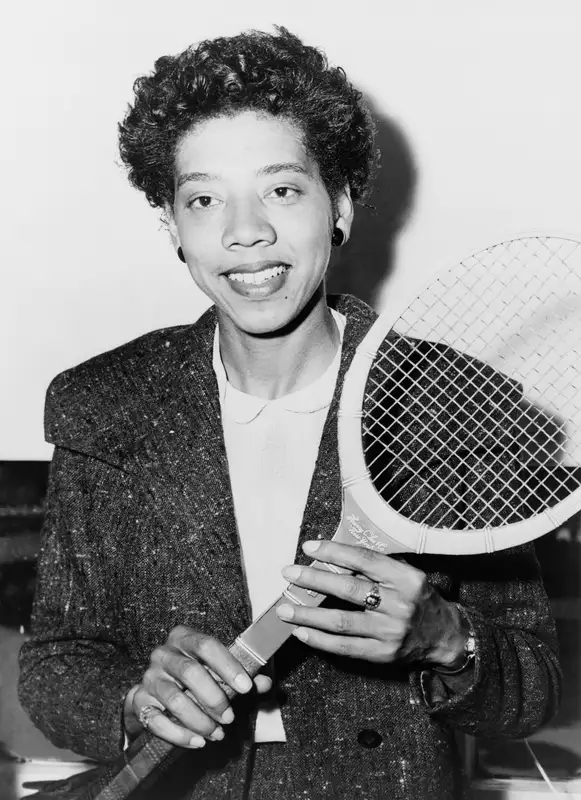Table tennis has long been known as a more accessible alternative to tennis, offering a beginner-friendly experience while still maintaining high levels of competitive play. However, for people who are blind or have low vision, the sport remains largely inaccessible. Phoebe Peng, an Engineering Honors student at the University of Sydney, is working to change that by developing a system that uses sound to help blind and visually impaired individuals play ping-pong.
Peng’s research focuses on using neuromorphic cameras and an array of loudspeakers to allow players to track the ball and movement through sound. The small size of the table and ball, combined with their movement in 3D space, makes table tennis an ideal test case for this type of technology.
“The ball’s size and fast movement make table tennis challenging for those with low vision or blindness,” Peng explained, “so making it accessible while exploring the capabilities of neuromorphic cameras became my primary goal.”
Unlike traditional cameras, neuromorphic cameras capture changes in the image over time, making them perfect for tracking small objects like table tennis balls in real-time. Peng used two strategically positioned cameras to track the ball in three dimensions, feeding the data into an algorithm that controls the loudspeakers along the table’s sides. These speakers create a sound field that matches the ball’s position, allowing players to “hear” where the ball is.
While the system shows promise, Peng says more testing is needed before it can be fully used in gameplay. “One ongoing challenge is the human perception of sound,” Peng noted. “There are limitations to how well people can localize sound. We need to determine what type of sound works best and whether it should be continuous or intermittent. These are the technical challenges we’ll address in the next stage of development.”




